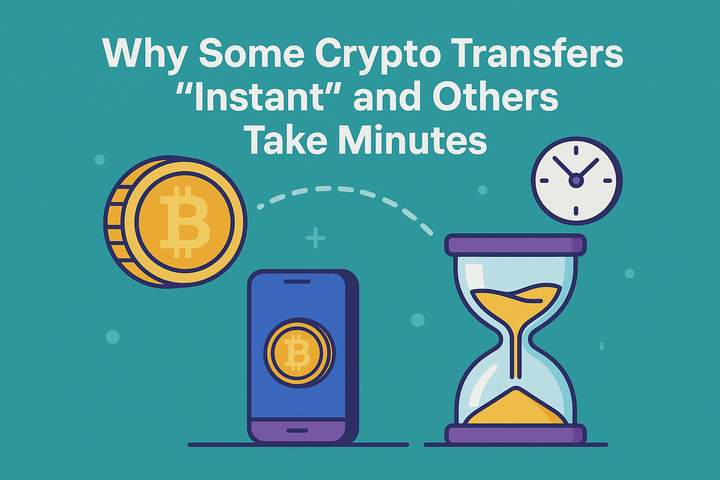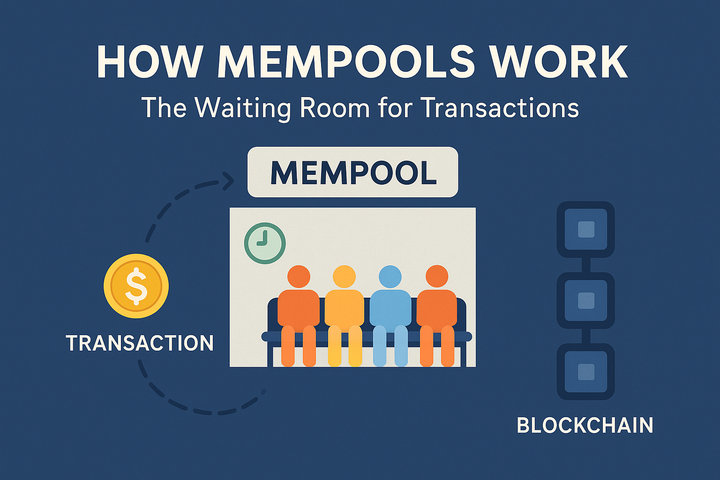Inside the $400M Coinbase Breach: A Wake-Up Call for Crypto Security

Introduction: When Trust Gets Hacked
In May 2025, Coinbase, the world’s largest cryptocurrency exchange, suffered a massive security breach. The attackers didn’t hack the code. They hacked people.
By bribing overseas customer support agents, cybercriminals gained access to sensitive user data, compromising nearly 70,000 accounts. They demanded a $20 million ransom. Coinbase refused, instead offering a bounty for information leading to the attackers’ arrest.
This breach is a chilling reminder that even a billion-dollar infrastructure can be undone by a single insider. It forces us to re-examine the human attack surface in crypto security, and how decentralized models might help.
The Breach Unveiled: What Happened?
🕵️♂️ Insider Threat
Support agents based overseas were bribed to leak customer data.
Sensitive information included:
- Names, addresses, and emails
- Government-issued IDs
- Partial Social Security Numbers (SSNs)
- Exchange activity records
🔗 Related: Mitosis – The Dangers of Off-Chain Identity
Financial Fallout
Coinbase reported potential losses between $180M and $400M, not just from theft, but from damage to user trust, brand value, and internal auditing costs.
Root Cause: Centralization
This wasn’t a failure of blockchain—it was a failure of centralized infrastructure around it.
Why Centralized Exchanges Remain Vulnerable
1. The Human Factor
No matter how secure your code is, humans can be tricked, bribed, or coerced.
2. Data Bloat and Permissions
Centralized platforms often store more data than necessary and give support teams broad access, creating honeypots for attackers.
3. Lack of On-Chain Auditability
Traditional exchange systems don’t log internal data access on-chain, making forensic investigations harder after a breach.
“You can’t trust what you can’t verify. And you can’t verify what’s not on-chain.”
Practical Lessons for the Crypto Community
For Exchanges
- Zero-Trust Architecture: Adopt the principle of least privilege.
- Internal Logging: Use on-chain or cryptographically verified logs for employee access.
- Regular Vetting: Perform background checks and access reviews every quarter.
- Bug Bounty > Ransom: Coinbase’s decision to offer a bounty instead of paying ransom is a key deterrent.
For Users
- Enable 2FA (preferably app-based)
- Use exchange accounts only for trading, not long-term storage
- Check for withdrawal alerts and session history regularly
For Builders
- Decentralize Custody: Explore ZK-proofs and MPCs to reduce trust in any one party.
- Data Minimization: Only store data essential for the user’s needs.
- Client-Side Encryption: Let users own their encryption keys.
Beyond Coinbase: A Call to Future-Proof Crypto
This breach isn’t an isolated incident. As TradFi moves into Web3, it brings with it a culture of centralization that creates backdoors, even in crypto-native companies.
To future-proof the crypto ecosystem:
- Embrace on-chain transparency
- Rely less on customer support and more on cryptographic truth
- Educate users on secure behaviors
Security isn’t just about technology. It’s about incentives, culture, and architecture.
TL;DR Takeaways
- A $400M insider breach at Coinbase shows centralized exchanges remain vulnerable
- Crypto’s promise lies in reducing trust, not relocating it to humans
- Future-secure systems will be trust-minimised, transparent, and built on-chain
For more information on protecting your digital assets, visit Coinbase's official blog.
Internal Links:
Mitosis University – Trust, Delegation, and Vulnerability
Mitosis – The Dangers of Off-Chain Identity
Mitosis – Code vs. Culture in Crypto
Mitosis Guide – How to Be Your Own Bank (Securely)



Comments ()